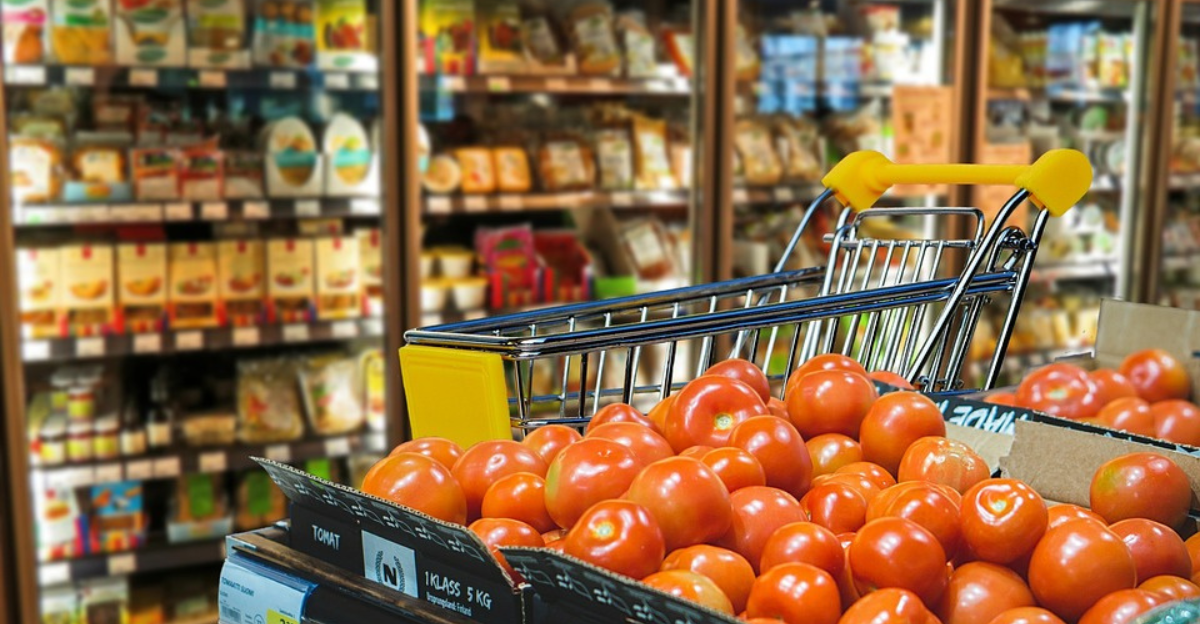
As the new wave of tariffs is poised to hit America, consumers must prepare one thing for impact: their wallets. Despite the unrest among consumers and business owners, the new government continues to roll out higher import taxes on a range of goods, thereby spiking prices.
Everyday essentials, from food to clothing and electronics, are reaching unprecedented highs. Economists predict that these rising tariffs could drive up costs in at least 19 essential household items, and families with lower incomes will be the most hard hit. Next up, we will highlight which items will be hit most by the price hike.
1. Shoes

Shoes are among the most heavily impacted by tariffs. Prices are projected to increase by around 15% in the short term and could potentially skyrocket up to 19%. The reason for the hike is simple: many of the shoes imported to the US are from countries that have been slapped with high tariffs, like China, Vietnam, and Indonesia. Experts project that shoes like Nike and Adidas will become less affordable, especially for families on a tight budget.
2. Clothing and Textiles

Basic clothing items are also going to increase massively in price, with experts forecasting a 14% increase in the short term and around 16% in the future. Since the majority of US apparel is imported from Asian countries that now face steep tariffs, consumers can expect to pay a lot more for normal wear. Coats and sneakers are expected to see the highest price jumps since they are outerwear and high-value items.
3. Disposable Gloves

Gloves, as little as they are, will also be victims of the tariff-induced price hikes. Chinese gloves have become economically non-viable for Americans to afford, with imposed tariffs ranging from 50% to 195% on certain types of gloves. The ripple effect of this hike affects homes, hospitals, law enforcement, and industrial sectors.
4. Handbags

Handbags, especially luxurious handbags like Hermès and Chanel, will not be left out of the onslaught. As of May 2025, a 20% tariff was placed on goods coming from the EU into the United States; since many of these bags are manufactured in Europe, they have been impacted. This means a $10,000 statement bag could now be $12,000, putting it out of reach for many buyers.
5. Wool and Silk Products

According to an analysis by Yale Budget Lab, tariffs on wool and silk products like scarves or sweaters range from 10% to 20%. To maintain their profit margins, most retailers will pass costs onto the buyer, so a scarf that costs $100 will go for $120. This may lead buyers to opt for cheaper material or reduce buying wool and silk products altogether.
6. Tomatoes
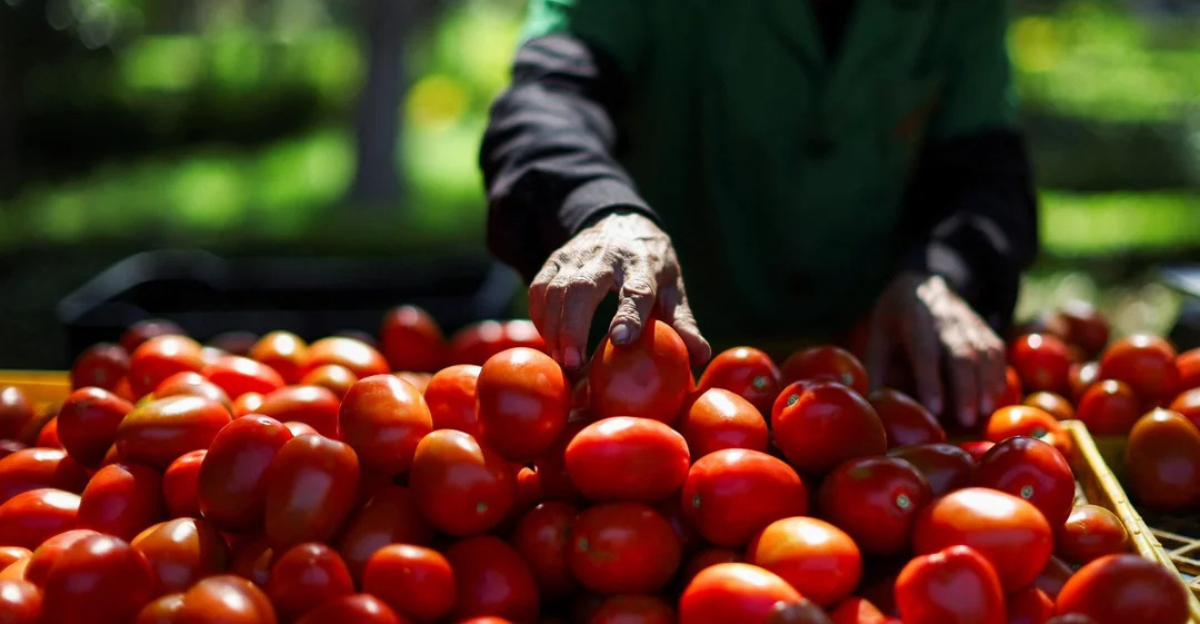
Tomatoes are staples in many American homes, used in a variety of dishes ranging from sauces to salsas. However, tomato imports from Mexico, America’s top supplier, are now subject to a 17% tariff. Hence, buyers can expect to see steeper prices on grocery shelves and in restaurants, leading to an overall increased food bill.
7. Disposable Vapes

Most disposable vaping products in the United States are imported from China. But with a 170% tariff on these goods, prices may become quite high for both retailers and consumers. The result may be reduced availability of these products, which have grown popular among American adult smokers who are seeking alternatives to traditional cigarettes.
8. Olive Oil

All olive oil imports coming from the EU now face a 20% tariff. Since most olive oil goods in the US are imported from countries like Italy and Spain, consumers who rely heavily on olive oil for health or normal cooking purposes may feel the burn. There may be a reduced demand for olive oil except in places where it is ingrained in their culinary culture as the staple option.
9. Rice (Jasmine and Basmati Varieties)
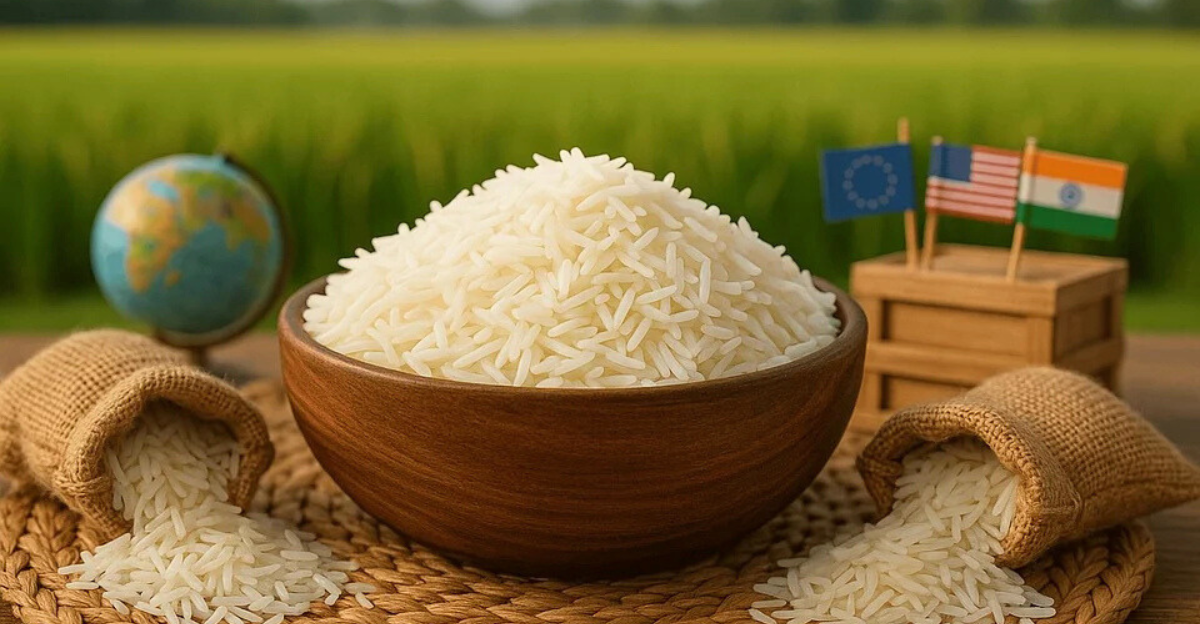
Rice variants like jasmine and basmati are favored in many US homes for their aroma and texture. Effective from April 9, 2025, huge tariffs were placed on several countries that export these types of rice: Thailand 36%; Vietnam 46%; and Pakistan 29%. Experts warn that with this price surge, this may limit the access to rice varieties in some households.
10. Spices (Black Pepper, Cumin, Turmeric, Chili Powder)

Spices as little and as common as black pepper, cumin, turmeric, and chili powder are not left out of the equation. These spices are often imported to the US from countries like India and Pakistan, which have now been slapped with tariffs ranging from 10% to 46% on these products. Home cooks and manufacturers will be affected; consumers can also expect to see a spike in the price of prepared foods.
11. Automobiles and Auto Parts

The automotive sector faces a 25% tariff on imported vehicles and auto parts. Consumers can expect to pay more for cars, trucks, and replacement components. The tariff affects not only imported vehicles but also US-made cars that majorly rely on foreign parts.
12. Steel and Aluminum Products
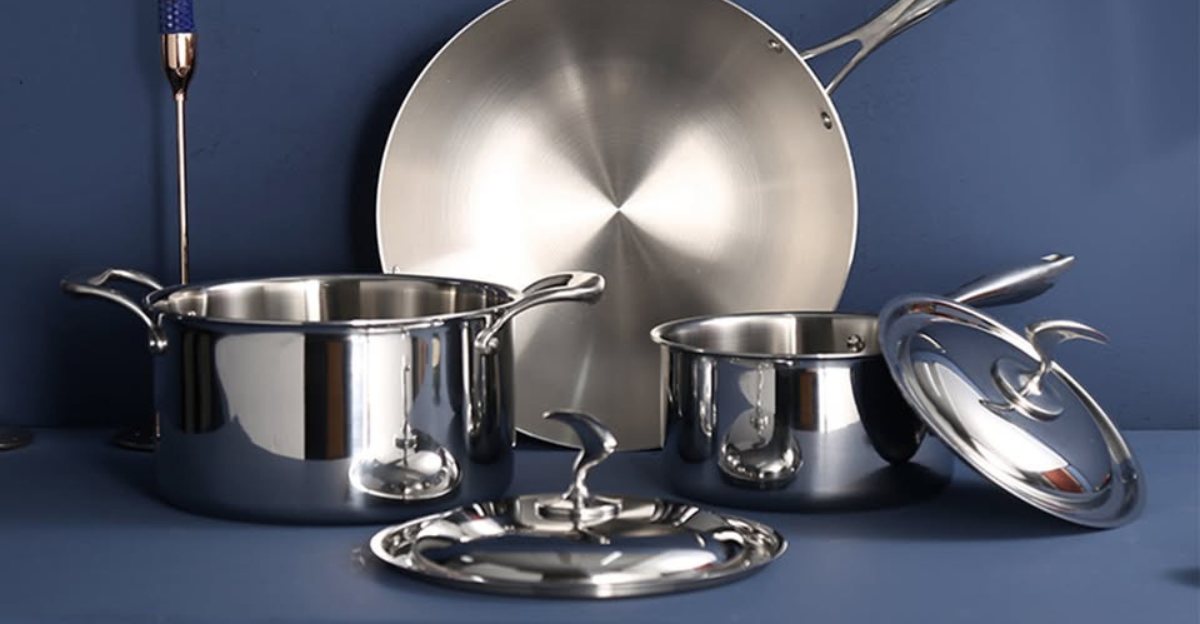
Steel and aluminum products are components of our everyday life. They’re used in everything from construction materials to automobiles and to household appliances. With tariffs of up to 25% on these products, we can expect to see higher prices for products like cookware, tools, and again…cars.
13. Seafood (fish, shrimp, scallops)
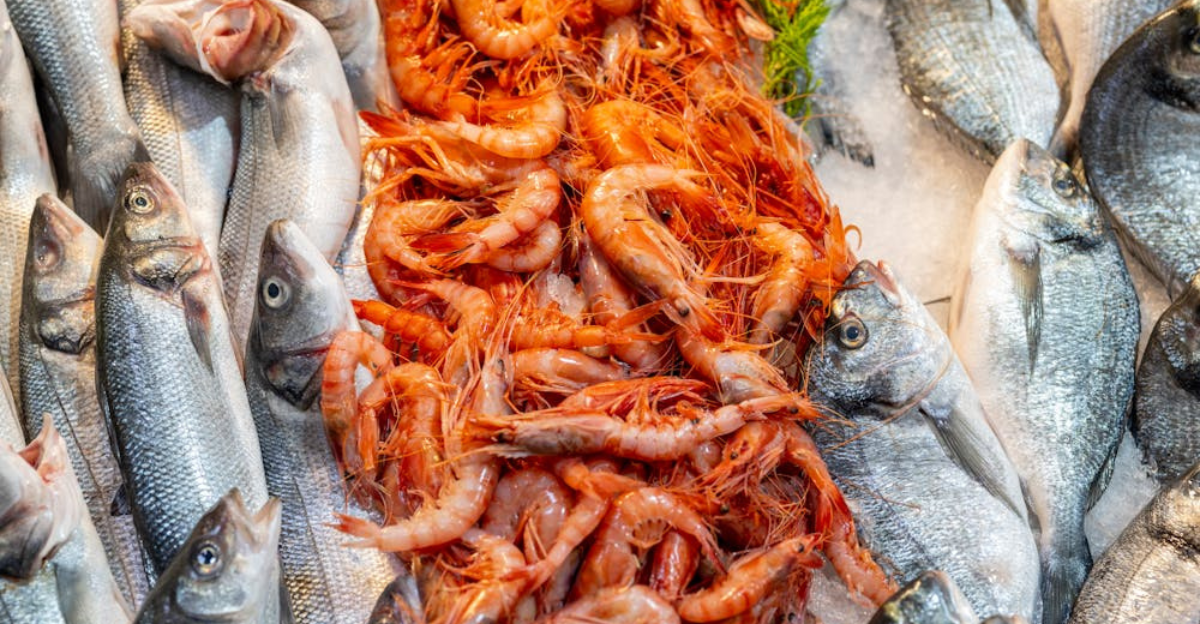
The seafood industry received its own share of tariff frustration around May 17, 2025. The tariff affects everything from shrimp to scallops and ranges from 10% to 46%, depending on the country. Since the US imports a large percentage of its seafood products (around 75%), buyers can expect to pay higher grocery and restaurant bills in a short while.
14. Coffee
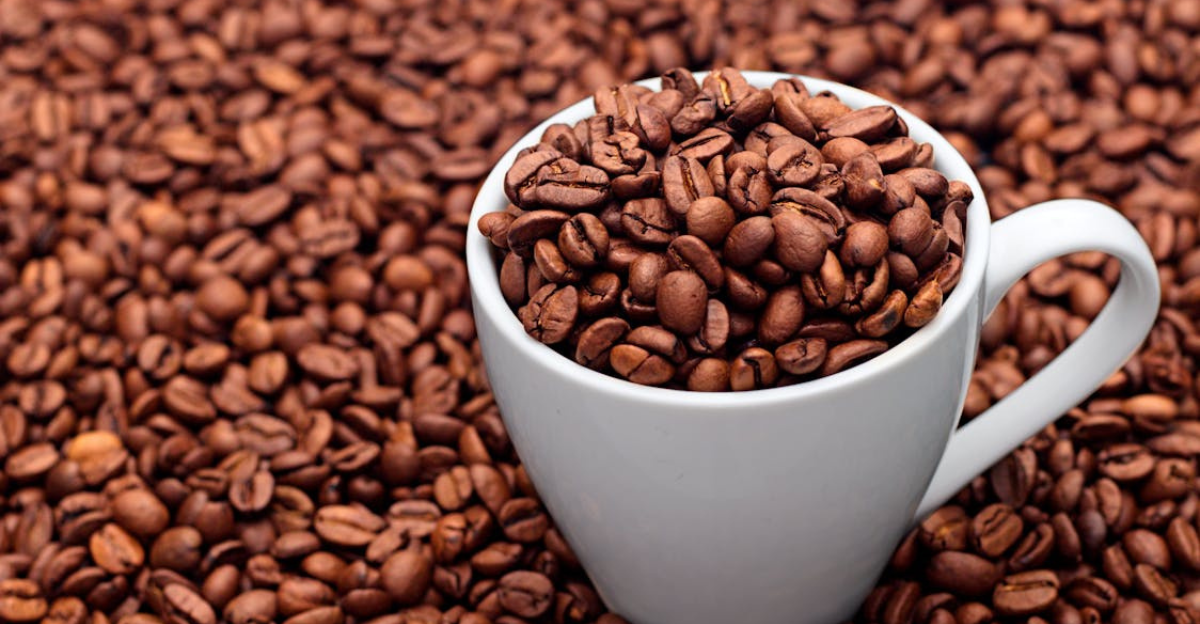
To the dismay of consumers, coffee, a globally beloved beverage, is not exempt from the tariff madness. Most coffee bean imports come from countries like Brazil and Colombia, which now face a 10% tariff. This cost will be passed down to retailers, who will in turn transfer it to consumers at grocery stores and coffee shops.
15. Wine and Beer

Beer imports, especially craft and import brews, are also facing similar upward pressure on prices. Tariffs of around 20% are being imposed on certain wine and beer imports from Europe and Mexico. American consumers have already started to see higher prices on imported wines from France, Italy, and Spain.
16. Furniture

Chinese furniture imports are facing tariffs ranging from 30% to as high as 40%. This will impact everyday household items like couches, beds, tables, and much more. Families or new couples who want to buy new furniture or refurbish old ones should be ready to spend more than usual.
17. Paper Products

From April 5, 2025, a 10% baseline tariff was imposed on several countries that export paper products to the US. China paper products face up to a 20% tariff increase as opposed to the former 10%. The cost of imported pulp, paper rolls, finished paper products, tissue paper, and paper towels will be at an all-time high, affecting American businesses and homes.
18. Chocolate
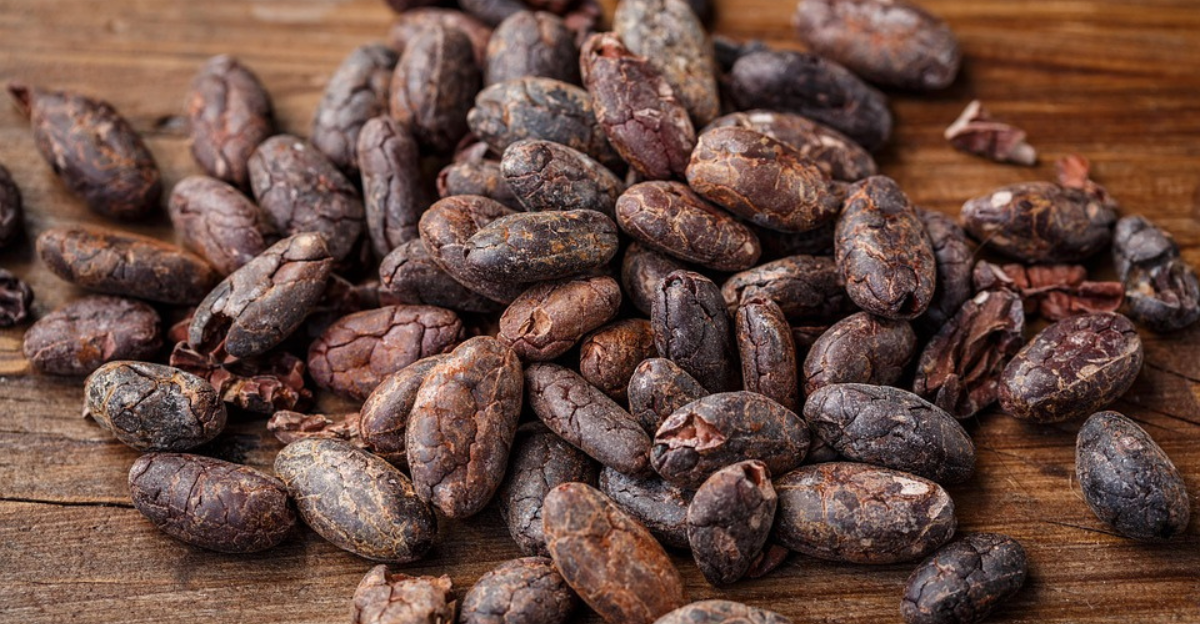
Tariffs on cocoa beans continue to skyrocket, with countries like Indonesia and Switzerland getting a rate of 30% and above. The cost of cocoa beans, cocoa butter, and then processed and finished chocolate will be affected. Therefore, consumers can expect to pay higher prices on candy bars, baking chocolate, and other types of cocoa-based products.
19. Tableware and Kitchenware

Presently, cookware and tableware from countries in the European Union and China are facing a 20% tariff. This means that restaurants and hospitality industries that rely heavily on these products will be affected a great deal. But everyday people will also feel the impact since most people rely on these for dining and cooking essentials.
Discover more trending stories and Follow us to keep inspiration flowing to your feed!

Craving more home and lifestyle inspiration? Hit Follow to keep the creativity flowing, and let us know your thoughts in the comments below!
